Lifestyle
Pashmina Shawl
By - State of the Art of Kashmir:
27 October, 2022
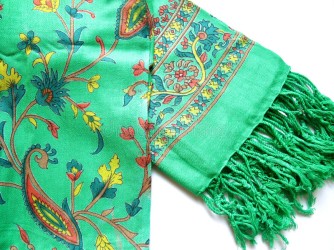
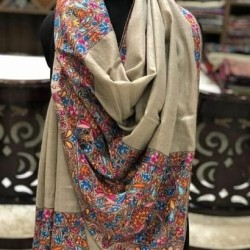
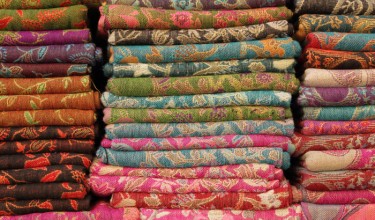
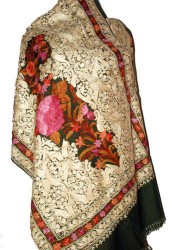
In the early ages, Pashmina was a royal symbol and was known as Fiber for Kings. During the 15th century, weaving of Tapestry shawls was introduced from Turkistan by Zain-ul-Abdin, the ruler of Kashmir. Exquisitely soft, light weight, and still warm, this royal luxury was patronized by successive rulers like Akbar.
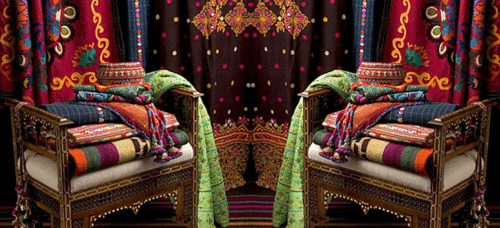
Pashmina, popularly known as cashmere wool, derived its name from Pashm, which refers to the under fleece of the Himalayan mountain goat, called Chyangra (Capra Hircus) which lives in the high altitude of 12,000 feet in Himalayan regions of Nepal where the temperature drops below -40 degrees and in some remote regions of Tibetan Plateau. One pashm goat yields 3 to 8 ounces for fiber a year. This wool has a thousand years of history of being woven into shawls, and blankets, and praised for its exquisite softness, long life, warmth, and beauty.
The thermo conductivity of this wool is very high and proves to be the best insulator. Pure Pashmina wool is coarse and too delicate to wear. So, it undergoes a process that makes it soft as silk and is referred as cashmere. Pure Pashmina comes from Tibet and not Kashmir. Cashmere is any wool under 19 microns in thickness.
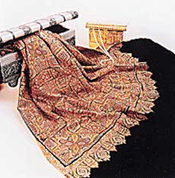
It's not just today that Pashmina has patronage from around the world. There were times when this art was favoured with royal patronage. Kings, queens, royal families and nobles all over the world knew Pashmina. In fact, they owned a large number of shawls and scarves.
It was in the 16th century when the birthplace of Pashmina - Kashmir - was under Mughal rule, that Pashmina was discovered. And the then Mughal kings were swooned by the mere looks of it. Later the aesthetics of this art spread more and French monarch Napoleon Bonaparte gifted his wife, Josephine, a Pashmina shawl. She is believed to have owned a few hundred shawls in that time. In Iran, rulers wore as well as gifted Pashminas within their political practices. Here in India Maharaja Ranjit decorated his court with hand-embroidered Pashmina shawls and Fabric. The present scenario isn't too favourable for Kashmiri Pashmina. Yet Cashmere is even now considered the king of all fabrics which makes it timeless and a heritage.